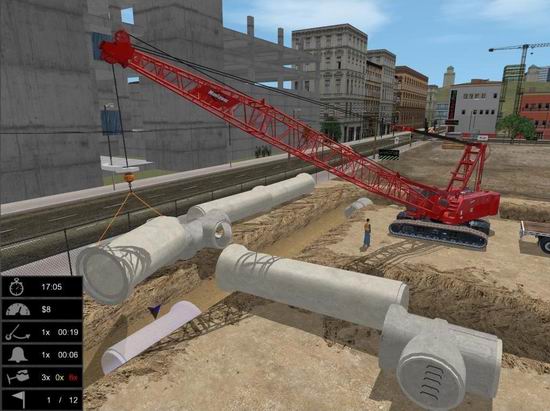Using Simulations in Training
- Posted By Super User
- Learning Design
 We begin learning by pretending. Play is an essential learning experience in our development, for in our childhood imaginations; the real world exists for us with all its possibilities, but none of the risks. As adults, too, we learn well by incorporating the tools of these early learning experiences. Simulation and role play enable us to create a manageable version of our world where we can practice behaviors and correct our mistakes. Creating models of real-life situations prepares us to function more effectively in the real world.
We begin learning by pretending. Play is an essential learning experience in our development, for in our childhood imaginations; the real world exists for us with all its possibilities, but none of the risks. As adults, too, we learn well by incorporating the tools of these early learning experiences. Simulation and role play enable us to create a manageable version of our world where we can practice behaviors and correct our mistakes. Creating models of real-life situations prepares us to function more effectively in the real world.



_medium.jpg)


